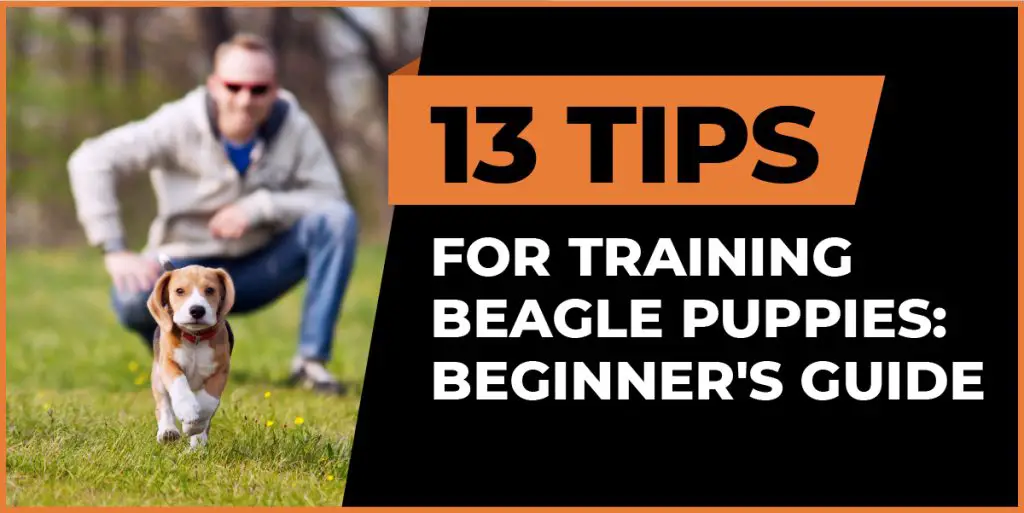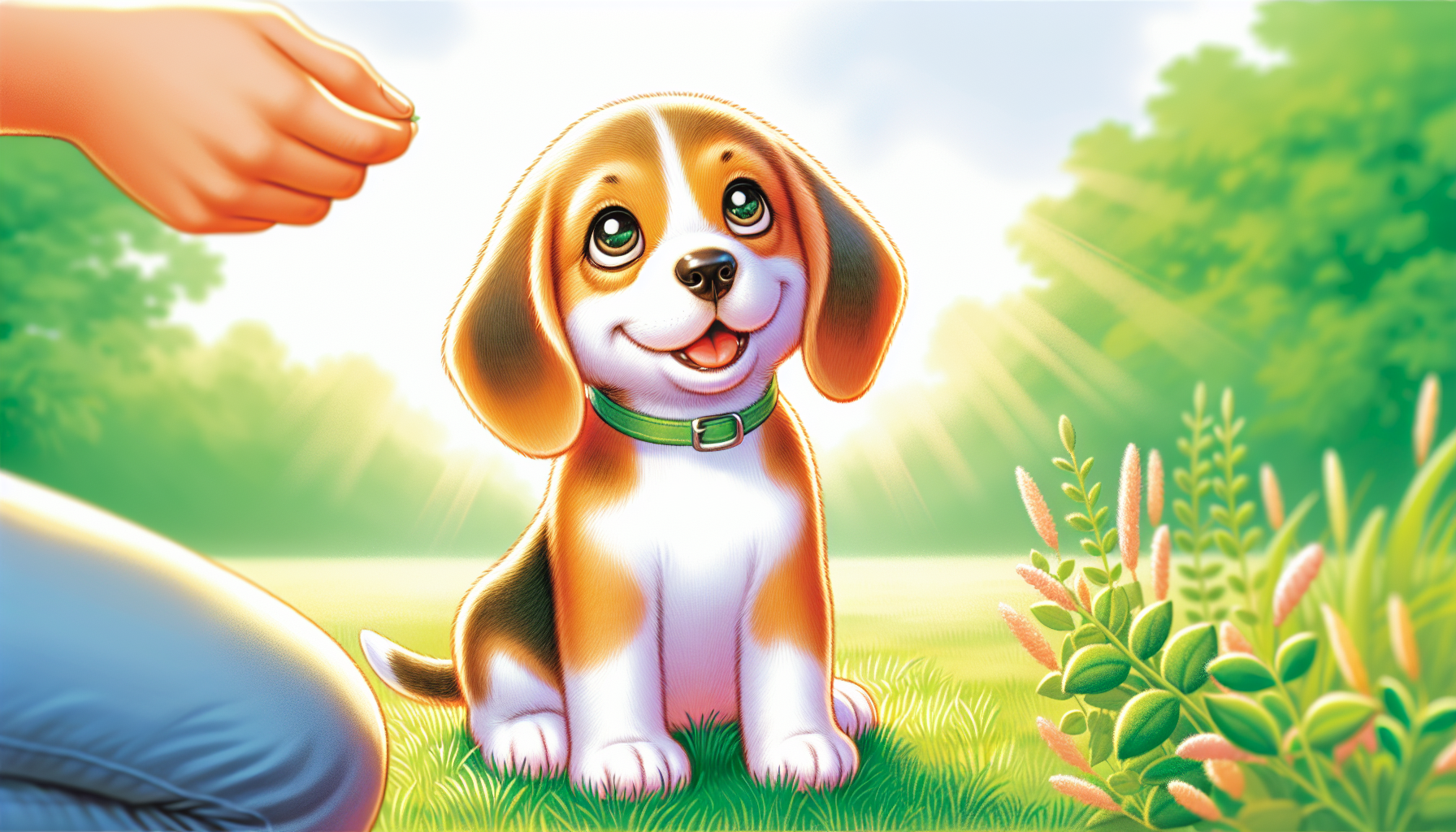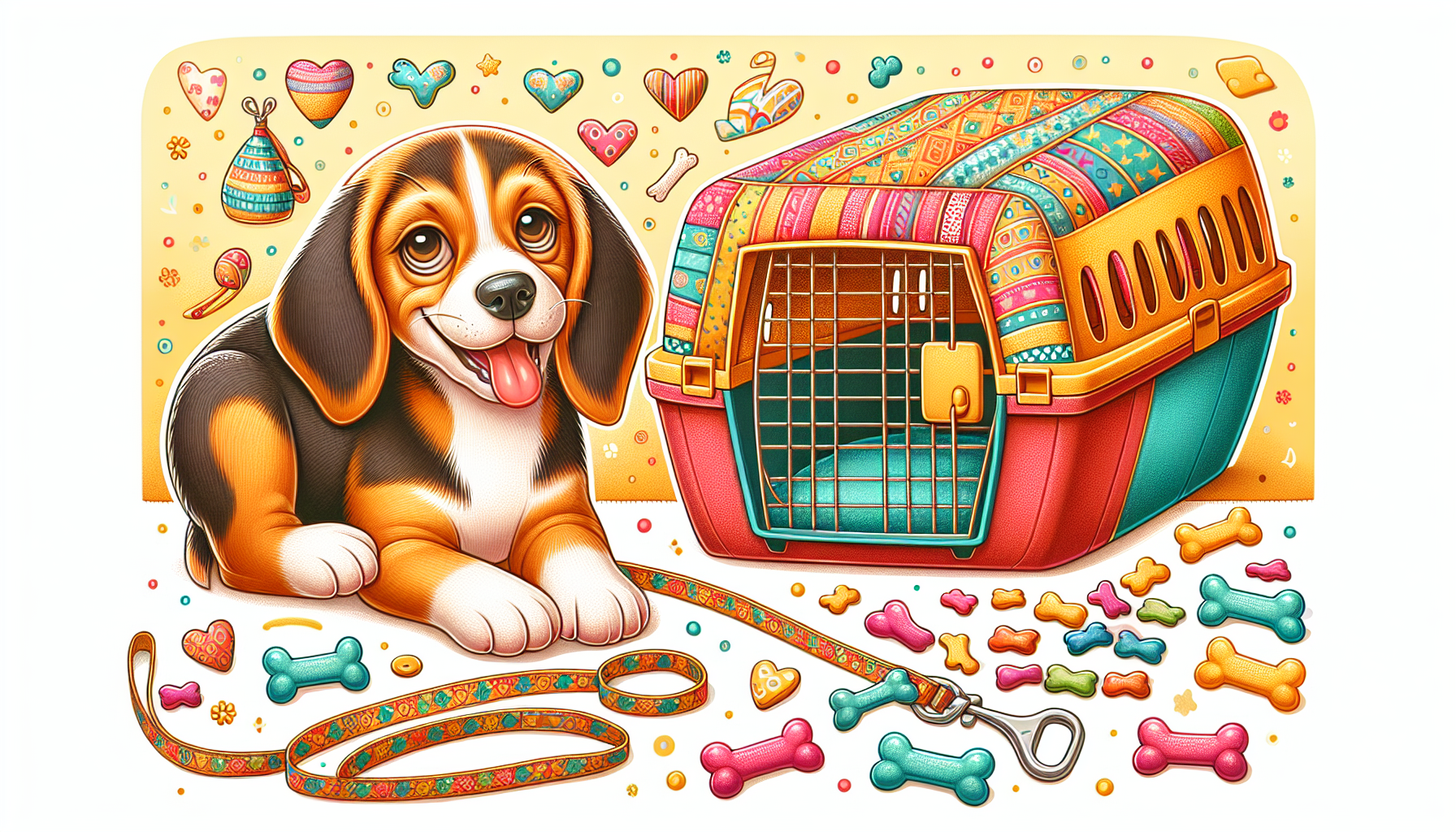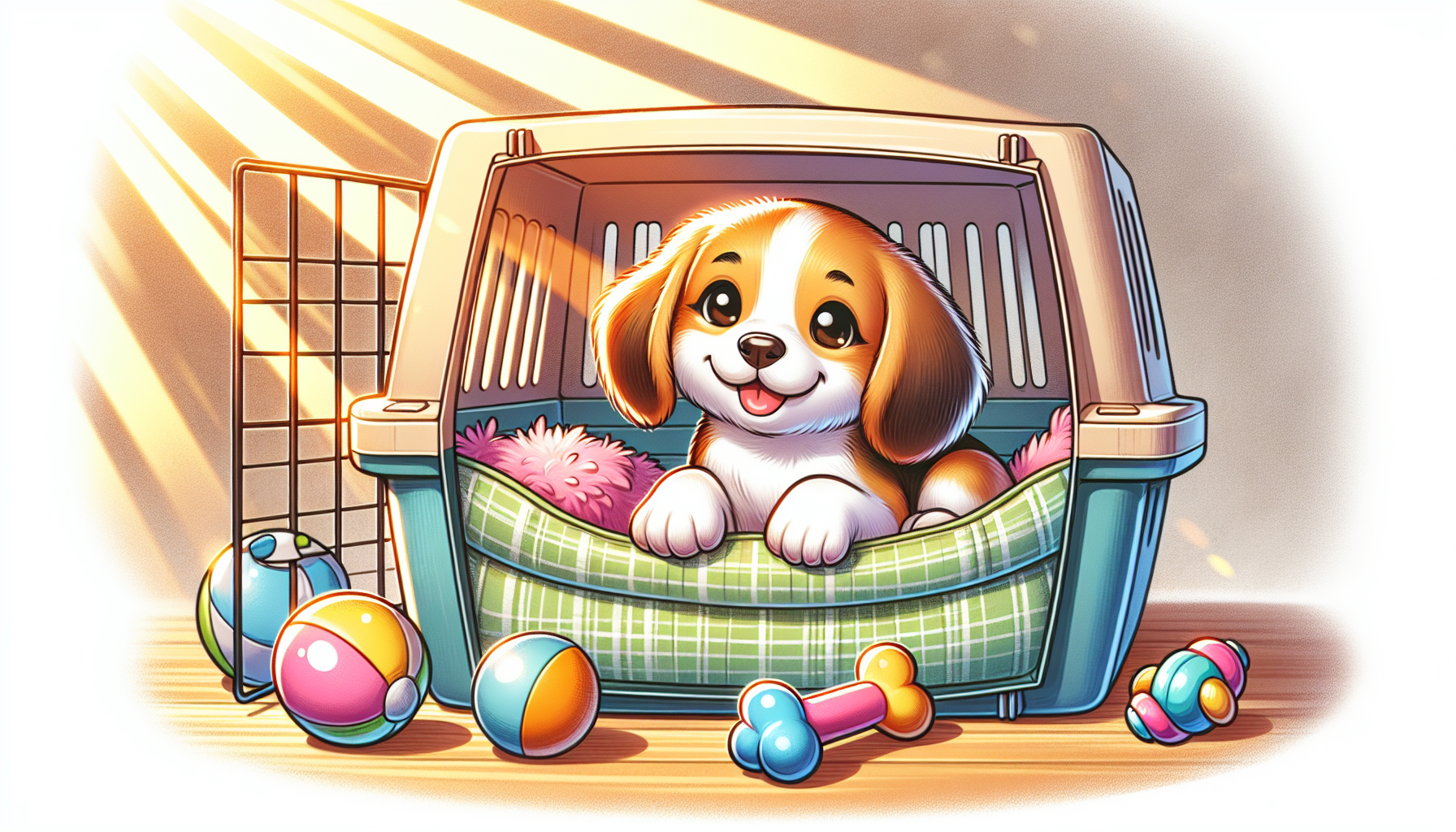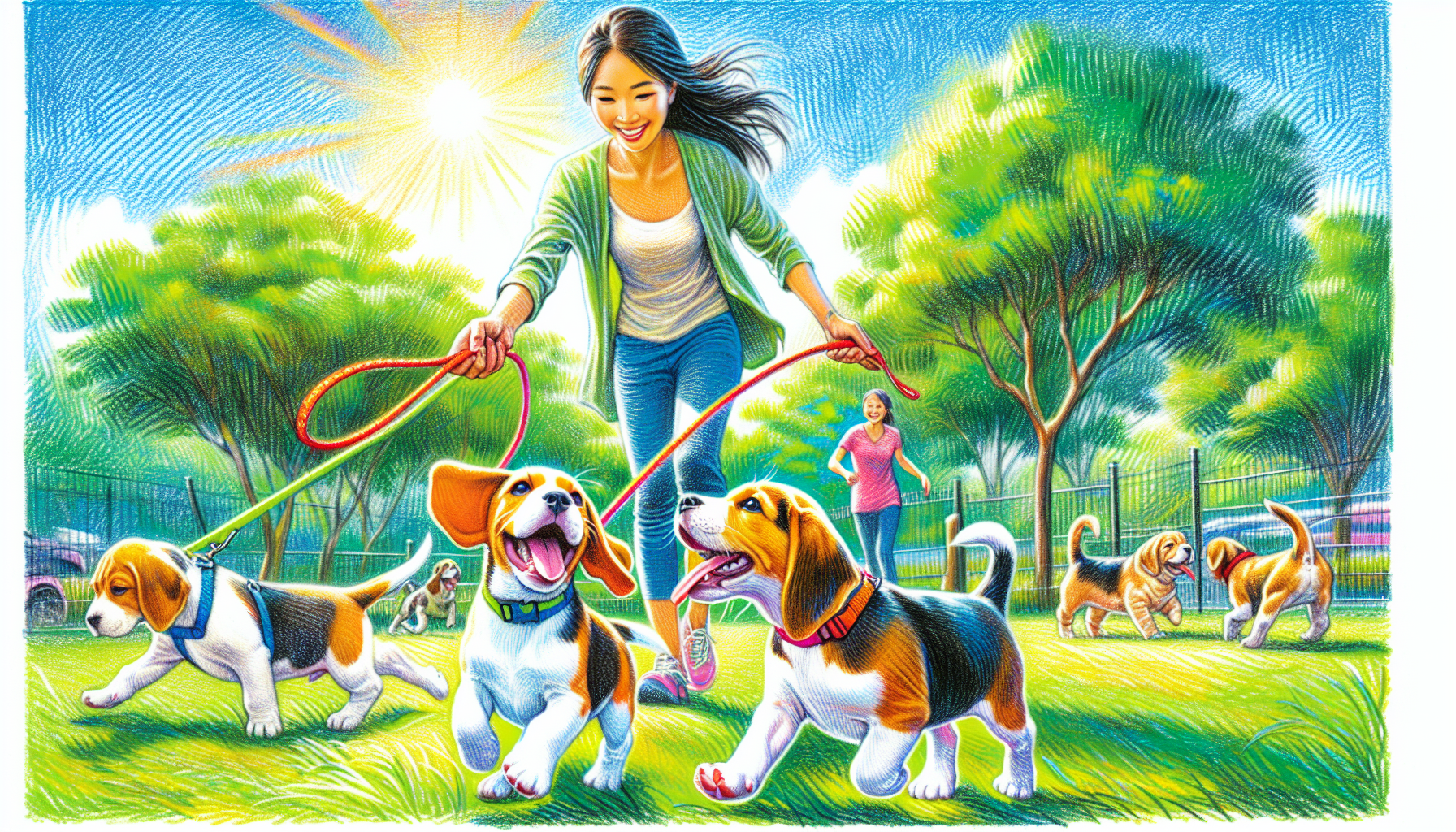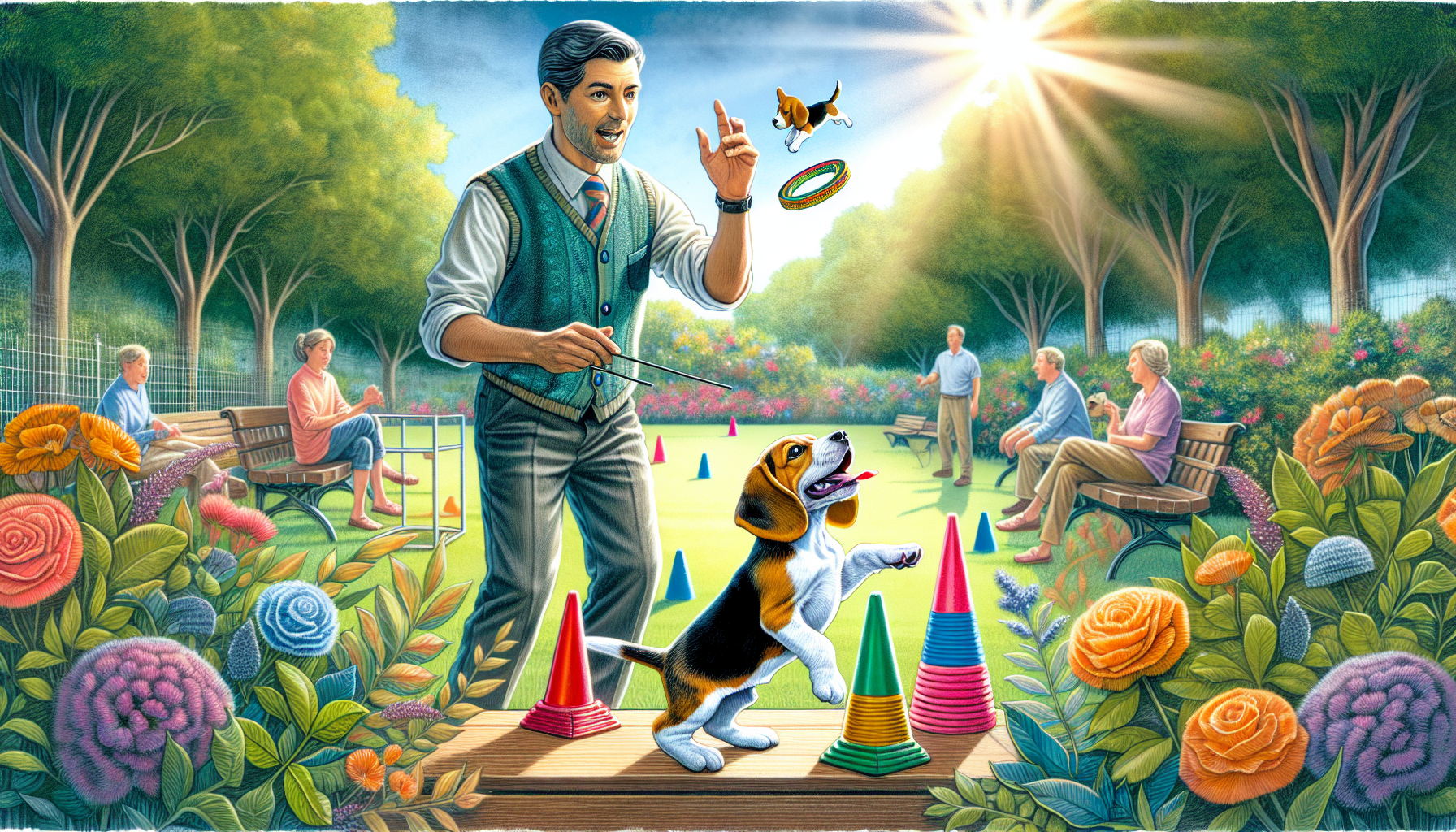Excited to start training your Beagle puppy but feeling a bit overwhelmed? You’re not alone! Every new puppy parent faces those moments of chaos—chewed-up shoes, surprise messes, and mischievous digging. But don’t let that discourage you! Training Beagle puppies can be a fun and rewarding journey when you set clear boundaries and use positive reinforcement. With a little patience and the right techniques, your Beagle will grow into the well-behaved companion you’ve always wanted. Let’s explore how to tackle those challenges and make puppy training a success!
Key Takeaways
- Start training your Beagle puppy early, ideally at eight weeks old, using consistent routines and positive reinforcement.
- Essential gear for training includes treat pouches, padded harnesses, and chew toys to keep your Beagle engaged and safe.
- Socialization and ongoing training are crucial for Beagles to develop into well-adjusted adults, so incorporate social experiences and advanced techniques as they grow.
Find out how to train your beagle to be the well-behaved pup you desire – Read Free Report
#1 – Starting Training Early
The journey of training your Beagle puppy begins the moment you bring them home. Early training helps retain good behavior and prevents the formation of bad habits. Ideally, you should begin teaching commands as soon as your Beagle pup is around eight weeks old. This initial phase is not just about commands but also about setting boundaries to establish a stronger bond with your puppy.
A regular schedule for feeding, exercising, and playing enhances the training process. Puppies thrive on routine, and having a consistent schedule helps them understand what to expect, making the training sessions more effective. Choose a time when your Beagle is hungry for training, as treats become a powerful motivator.
Rewards like treats or toys encourage repetition of good behavior and are key to successful Beagle puppy training. Incorporating straightforward commands and maintaining a daily routine can simplify the training process for both you and your puppy.
With patience, consistency, and a lot of positive reinforcement, you’ll set the foundation for a well-behaved Beagle. Remember, every bit of effort you put in now will pay off in the long run, making the first week and beyond an exciting time for you and your new puppy.
#2 – Essential Gear for Beagle Puppy Training
The right gear is crucial for training your Beagle puppy successfully. This includes treat pouches, collars, harnesses, leashes, and chew toys. Aromatic treats are highly recommended as they are effective in motivating your Beagle during training sessions. A treat pouch allows prompt rewards, reinforcing training.
When it comes to collars and harnesses, choosing a padded harness is particularly beneficial for Beagle puppies. Options like the Dog Copenhagen or Perfect Fit fleece-lined harnesses are great for providing comfort and preventing neck injuries during leash training. The recommended length for a training leash is around 2 meters, extendable to 5 meters, providing enough room for your Beagle to explore while keeping them safe.
Chew toys are another critical item to include in your training toolkit. Beagles have a natural instinct to chew, and providing them with appropriate toys can prevent destructive behavior and aid in their training. With the right gear, you can create a structured and effective training environment that caters to the needs of your energetic Beagle pup.
#3 – Understanding Beagle Breed Traits
Beagles are known for their cheerful, loyal, and athletic nature, making them a delightful breed to have as a pet. However, understanding their breed traits is essential for effective training. As scent hounds, Beagles possess strong hunting instincts, which can significantly impact their behavior and training. They are often easily distracted by scents, which can be both challenging and opportunistic.
Their curious and energetic dogs nature means that Beagles require training that keeps them engaged and stimulated. Many behaviors that might be interpreted as stubbornness often stem from confusion or distraction rather than outright disobedience. Providing clear boundaries and consistent rules remains essential.
Ongoing training is necessary to meet the evolving needs of Beagles as they mature. Incorporating scent tracking leverages their natural abilities and keeps them focused. Understanding these traits will help you tailor your training approach to better suit your Beagle’s unique needs, ensuring a more effective and enjoyable training process.
#4 – Socialization Skills
Socialization should begin as early as eight weeks of age. Positive experiences during this period are essential for teaching Beagles appropriate behavior and helping them become well-adjusted adults. Puppy playdates significantly enhance social development and interactions.
Walks and dog park visits foster socialization in Beagle puppies. Outings expose them to various environments, people, and dogs, building confidence and social skills. Additionally, well-run puppy classes can provide a controlled environment for your Beagle to learn and practice socialization skills.
Programs like the AKC S.T.A.R. Puppy program offer structured opportunities to socialize Beagle puppies and teach them good behavior. Beagles thrive in environments where they have company and can become anxious when left alone, so ensuring they are well-socialized is crucial. By prioritizing their socialization early on, you’ll help your Beagle develop into a friendly and well-behaved adult.
#5 – Crate Training Your Beagle Puppy
Crate training provides your Beagle puppy with a secure space, reducing anxiety and preventing destructive behavior. It’s best to start crate training immediately when you bring your Beagle puppy home, ideally at eight weeks old. The crate should be a comfortable and inviting space, complete with a cozy bed for your puppy to rest in.
Leave treats inside the crate periodically to encourage positive associations. The crate should allow your Beagle to stand, turn around, and lie down comfortably without being too large. This helps with potty training as well, preventing your puppy from using one end as a bathroom.
Avoid using the crate as a form of punishment, as this can create negative associations for your puppy. Instead, use the crate as a safe haven where your Beagle can retreat and relax. Consistent positive reinforcement helps most Beagle puppies feel comfortable with crate training within about two weeks.
#6 – Potty Training Tips
Potty training is a crucial aspect of Beagle puppy training, requiring consistency and patience. From the third week, take your Beagle out every hour to establish a routine. Regular monitoring indoors can help prevent accidents, and rewarding your puppy immediately after they go potty outside reinforces good behavior.
Consistency is key to successful potty training. Sticking to a regular schedule and being patient helps your puppy understand what is expected. The training process can be challenging, but with persistence and the right approach, you can achieve success.
Remember, accidents will happen, and it’s important to stay calm and not punish your puppy. Instead, focus on reinforcing positive behavior and maintaining a consistent routine. With time and effort, your Beagle will learn to associate going potty outside with rewards and praise, leading to a well-trained pup.
#7 – Teaching Basic Commands
Teaching basic commands is fundamental in Beagle puppy training. Using lots of treats during training can help motivate your puppy and encourage repetition of good behavior. Consistency and positive reinforcement teach boundaries and commands effectively.
Begin with simple commands like ‘Fetch’ and ‘Leave It!’ that leverage natural instincts and curiosity. It’s important to use positive reinforcement methods and avoid punishment, as this can lead to confusion and negative associations.
The ‘Sit’ command is another essential command to teach your Beagle. Use a cue word and a tasty treat to guide them into the sitting position, rewarding them immediately once they comply. Consistency and patience are key to successfully training your Beagle, ensuring they understand and respond to beagle basic commands reliably.
#8 – Leash Training
Leash training keeps your Beagle puppy safe during walks and prevents them from chasing scents. A sturdy leash maintains control and ensures safety. Beagles are scent hounds, and their strong instinct to follow scents can lead them to wander off if not properly trained.
Preventing pulling is key in leash training. It ensures safe walks and helps maintain control over your Beagle puppy. Use positive reinforcement to encourage calm walking by your side. Regular walks and consistent sessions help your Beagle get used to leash walking without pulling.
Leash training not only keeps your Beagle safe but also provides an opportunity for regular exercise and bonding. By being patient and consistent, you’ll teach your Beagle to enjoy walks without the constant tugging and pulling, making the experience enjoyable for both of you.
#9 – Overcoming Common Challenges
Training beagle puppies involves challenges like stubbornness and distractibility. Clear, patient guidance helps overcome their stubbornness while training beagles.
Brief, focused dog training sessions help overcome distractions. Utilizing positive reinforcement through treats and praise can significantly improve training outcomes and maintain your puppy’s focus.
Patience and the right approach help navigate challenges and train your Beagle successfully.
#10 – Advanced Training Techniques
Once your Beagle has mastered basic commands, introducing advanced training techniques can provide additional mental and physical stimulation. A program like Brain Training for Dogs is an excellent way to engage your dog’s intelligence. Through fun and challenging games, it enhances cognitive development and encourages problem-solving, keeping your Beagle sharp and focused.
Activities such as agility courses and scent tracking are also beneficial, especially when combined with brain-training exercises. These activities cater to Beagles' natural instincts while reinforcing obedience and strengthening your bond.
Incorporating advanced training prevents boredom and reduces destructive behaviors. With mental and physical engagement, your Beagle stays happy, healthy, and well-rounded. The variety of exercises, both indoors and outdoors, ensures they are entertained in all seasons.
#11 – Maintaining Consistency
Consistency is key in Beagle puppy training. Inconsistency can lead to learning difficulties and behavioral issues. Consistent cues, a daily routine, and family involvement ensure effective training.
Positive reinforcement is more effective with consistent application. A stress-free environment helps your Beagle feel comfortable and motivated to learn. Over time, your Beagle will respond to commands without the need for treats as they become habitual.
#12 – Fun Activities for Bonding
Fun activities reinforce training and strengthen your relationship with your Beagle. Scent tracking is an activity that Beagles naturally excel at, and training your Beagle to follow scent trails can be both fun and educational. Walks and interactive games, like hiding treats, engage your Beagle’s mind and body while building a strong bond.
Scent games and enjoyable activities support training and keep your Beagle happy and well-adjusted. Beagles love food, so using tasty treats during these activities can enhance their enjoyment and reinforce positive behavior.
Whether it’s a favorite toy or a fun car ride, these bonding activities are essential for a happy and healthy Beagle.
#13 – Preparing for Long-Term Success
Training a Beagle puppy is a continuous process requiring ongoing effort and adaptation. Initial training may be intensive, but it doesn’t stop once your puppy reaches a certain age. Lifelong learning and engagement prevent behavioral issues and keep Beagles mentally stimulated.
As your Beagle matures, adjust their training approach accordingly. Commitment to training and consistent guidance ensure long-term success and a harmonious relationship.
Your dedication will help your dog owners Beagle owners grow into a well-behaved and happy adult dog, ready to enjoy a lifetime of adventures with you.
Summary
Training a Beagle puppy can be a rewarding yet challenging experience. By starting early, using the right gear, understanding their breed traits, and maintaining consistency, you can successfully train your Beagle to become a well-behaved companion. Remember to incorporate fun activities and advanced training techniques to keep your Beagle engaged and mentally stimulated. With patience, positive reinforcement, and ongoing effort, you’ll build a strong bond with your Beagle and enjoy a lifetime of happiness together.
Frequently Asked Questions
When should I start training my Beagle puppy?
You should start training your Beagle puppy as soon as you bring them home, ideally around eight weeks old. This early training sets them up for good behavior and helps avoid bad habits.
What are the essential items needed for Beagle puppy training?
For successful Beagle puppy training, make sure you have treat pouches, collars, leashes, and some tasty treats to keep their attention. Don’t forget some chew toys to keep them engaged and happy!
How do I handle my Beagle's stubbornness during training?
To handle your Beagle's stubbornness, focus on patient guidance and use positive reinforcement like treats and praise. Keeping training sessions short and engaging will help maintain their attention and encourage cooperation.
What are some fun activities for bonding with my Beagle?
Engaging in scent tracking, taking regular walks, and playing interactive games like hiding treats are great ways to bond with your Beagle. These activities not only strengthen your connection but also keep them mentally stimulated and happy!
Is continuous training necessary for my Beagle?
Absolutely, continuous training is essential for your Beagle as it helps address their changing needs and prevents behavioral problems. It also keeps their mind active and engaged!
Learn how to train your beagle to be the well-behaved dog you desire –> Access our Free Report
Shop for beagle-themed products and gifts that beagle enthusiasts will love.

